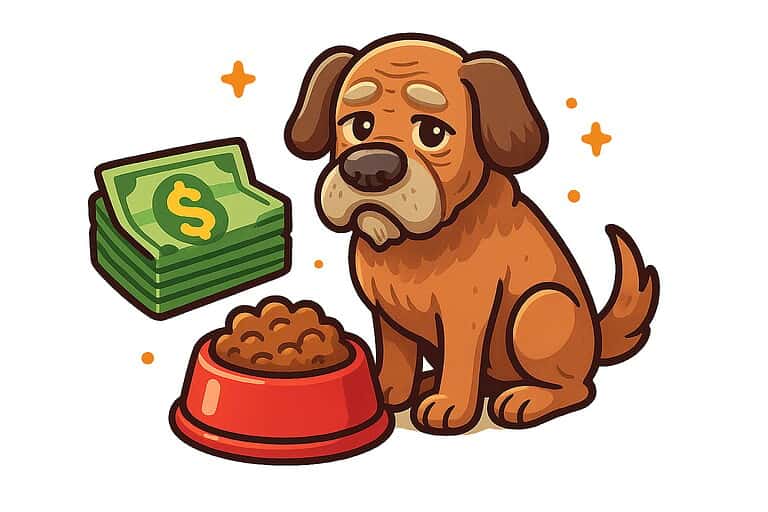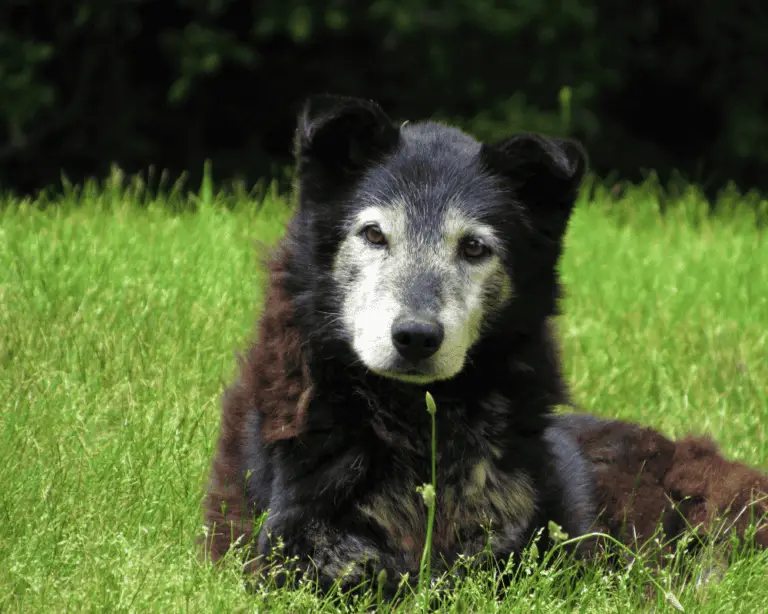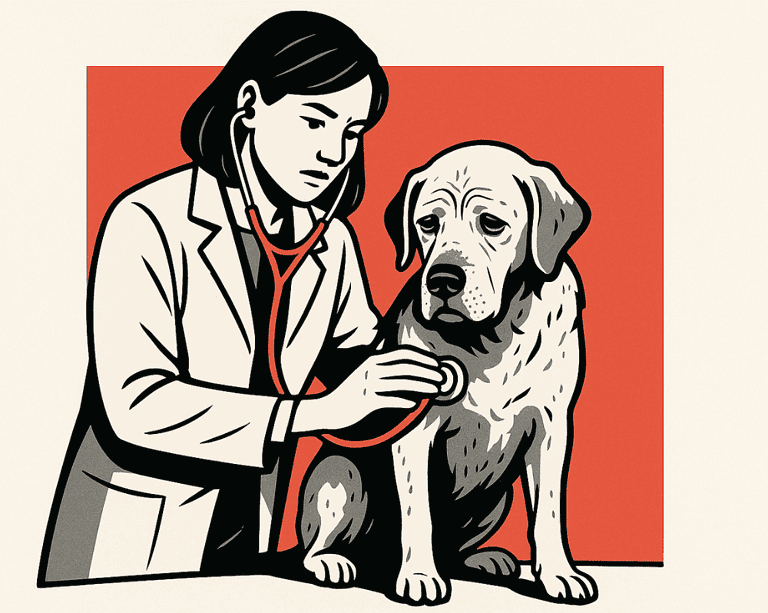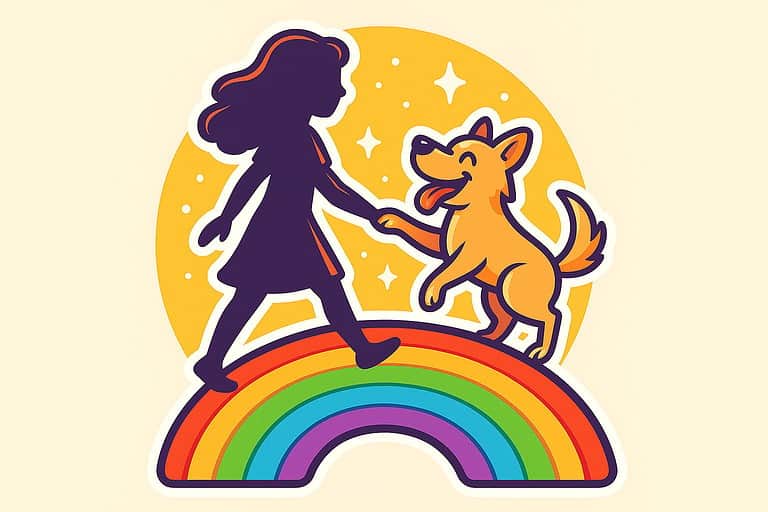7 Questions You Should Ask Yourself When Considering Euthanasia
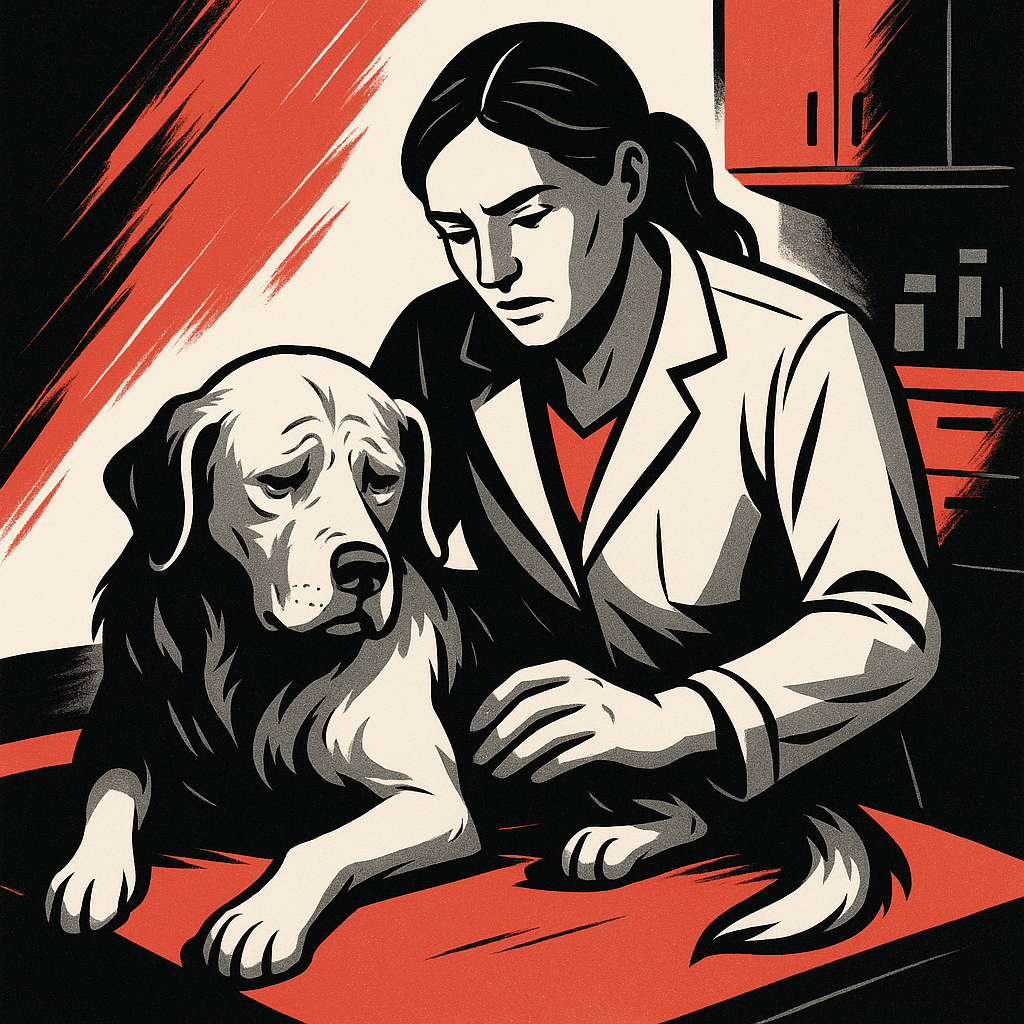
Are you wondering if it might be time to put your dog to sleep? This decision is probably one of the hardest moments you can face as a dog owner.
Knowing when the right time has come and how to handle it can help you give your furry friend as much love and support as possible.
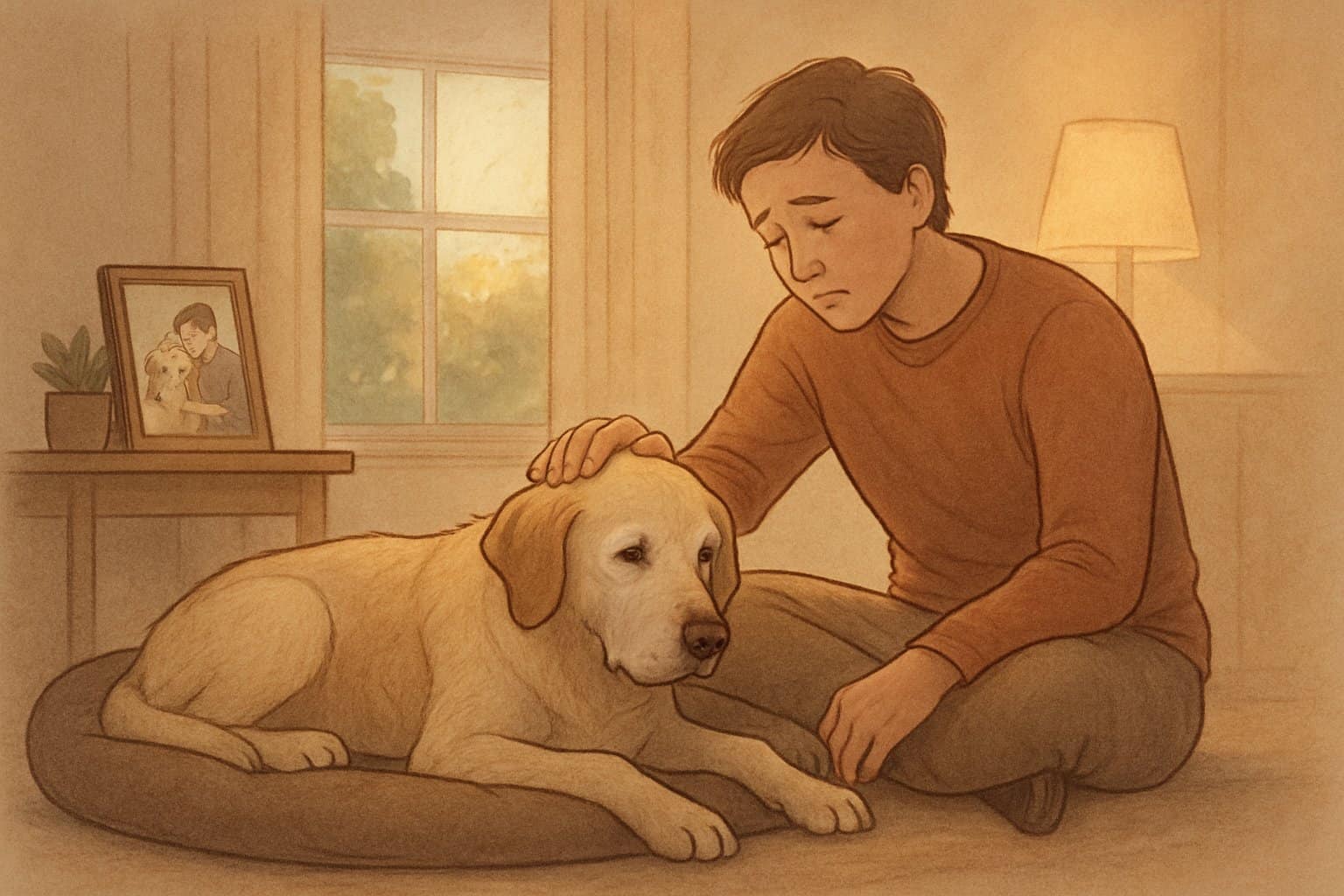
Here you will learn what matters during this difficult time and which questions you should ask yourself before you decide. You are not alone with your worries, many dog owners have faced this exact challenge.
1) Is my dog’s quality of life severely limited on an ongoing basis?
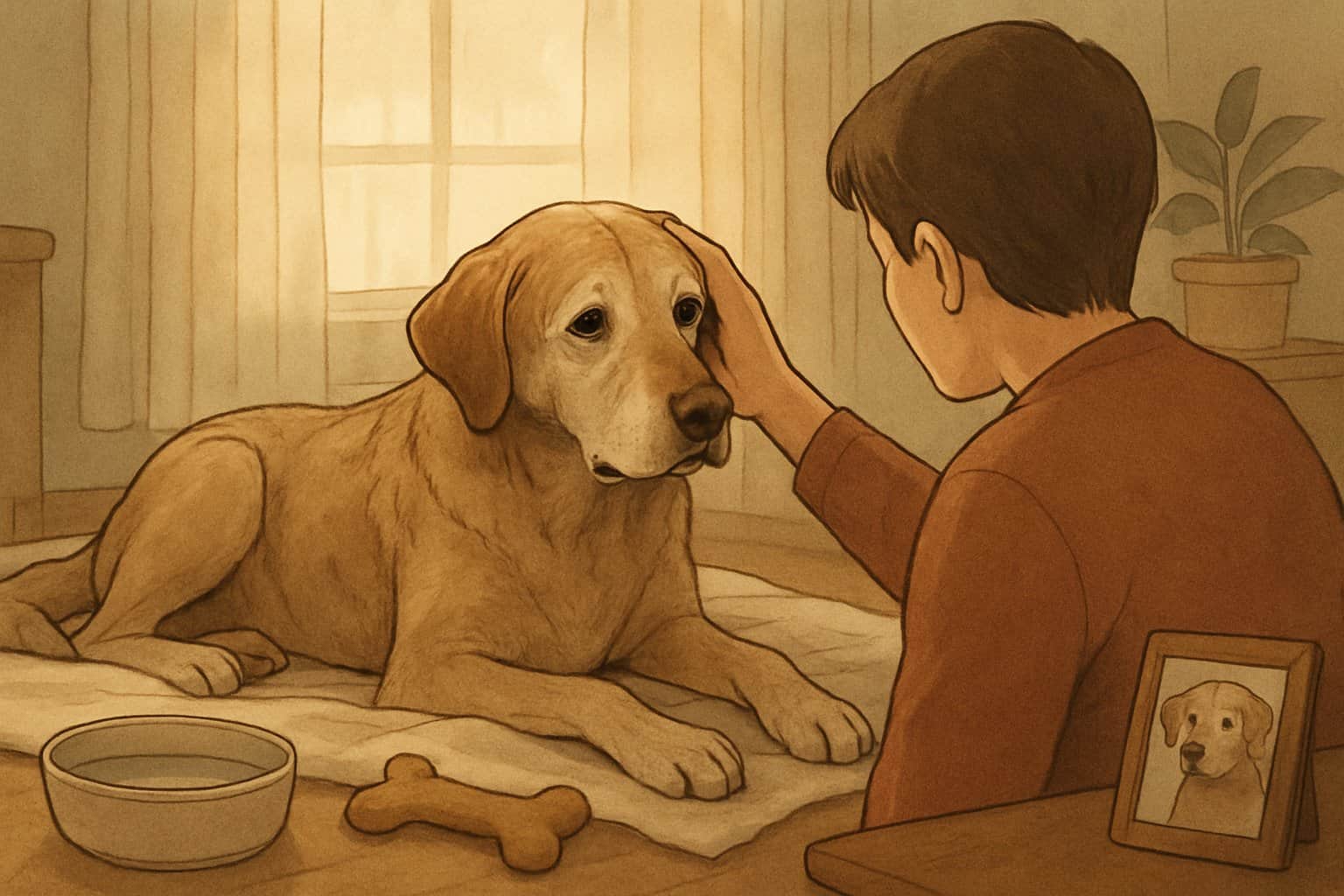
Ask yourself honestly: How does your dog feel day to day? Can they still chase their favorite toy, eat with enthusiasm, and enjoy being by your side? Or are pain and discomfort constant companions so that even petting is no longer enjoyable?
Look closely to see whether your dog still likes to move around or prefers to stay lying down. Many dogs try to look brave, but you often notice from small things that they are not feeling well.
Sometimes their interest in walks or food changes too. If your dog used to be excited and now shows hardly any interest, that is a warning sign. Trust your gut, you know your dog best.
No one takes this decision lightly. The central question is always whether your dog still feels joy in life or is already suffering.
2) How severe is my dog’s current suffering, really?
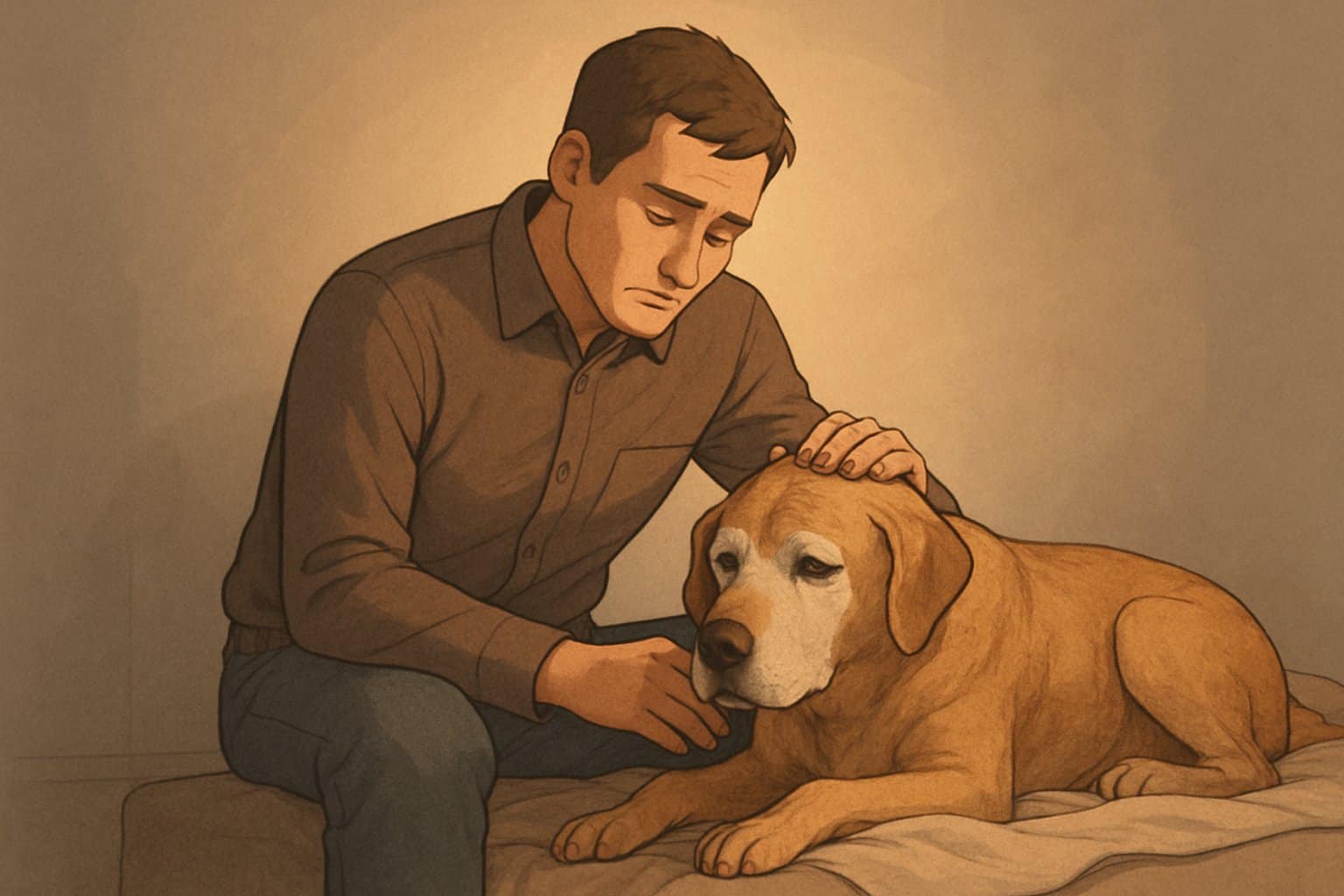
When you watch your dog in everyday life, you can often tell a lot. Do they still enjoy their favorite activities or do they tend to withdraw? Maybe they wag their tail less or do not eat as eagerly as before.
You know better than anyone how your dog usually is. Small changes often catch your eye first. Sometimes it is just a passing mood, but sometimes there is more to it.
Watch for signs of pain. That can be limping, frequent panting, or whining. They might not want to be petted anymore or may seem tired overall.
Ask yourself honestly: Does your dog still look happy? A look often says more than a thousand words. If you are unsure, a journal can help you track changes.
Keep in mind that animals sometimes try to hide their pain. It is not always easy to recognize the true extent.
A talk with your veterinarian can also help you better assess the current suffering. If you want to learn more, some books offer helpful tips, such as the guide „Saying Goodbye to a Beloved Dog“.
3) Does my dog have chronic pain that can no longer be relieved?
You know your dog best. Do you notice that they often move stiffly, lie down a lot, or groan when getting up? Such signs can point to chronic pain, for example from arthritis or old injuries.
Ask yourself whether the pain medications or therapies used so far are still truly helping your dog. Sometimes even new medications stop working well after a while. If you constantly feel that they are suffering despite treatment, that is an important signal.
You could also watch for things like loss of appetite, changes in behavior, or retreating to their bed. Your dog might get irritated more quickly, withdraw, or even react aggressively.
Honestly, sometimes as an owner you simply sense that life is no longer joyful for your four-legged friend. It is not a pleasant thought, but it helps you honestly judge what is best for your dog.
If you are unsure, it is best to talk with your veterinarian, or read up in books about holistic pain therapy in dogs.
4) Can my dog still enjoy walks and food?
Maybe you have the impression that your dog can no longer enjoy walks. Look very closely: Do they still sniff curiously along the way? Do they sometimes lift their tail or wag when you grab the leash?
It is also worth a close look when it comes to food. Does your dog still like to eat, or do they even do a little happy dance when the bowl clinks? Maybe they wait eagerly for a treat or give you the begging look when you are eating, those are often good signs.
Sometimes the changes are gradual. You know your dog best, so listen closely to your gut and pay attention to the small moments of joy. You can find more food for thought in the book „Understanding Animals with All the Senses“.
Ask yourself: Does your dog still discover small moments of happiness? Sometimes a simple stick or the favorite treat is enough to make their day.
5) Am I emotionally ready to make this difficult decision?
This question might feel like a thick, heavy winter coat in the middle of summer. You do not want to put it on, yet it still weighs on your shoulders. Are you inwardly prepared to take this step?
Feel into yourself, do you feel overwhelmed by guilt or fear, or do you feel that it is really about your loved one’s well-being? Watch your thoughts and reactions in quiet moments, for example while out on a walk or while scratching them in their bed.
Sometimes it makes sense to talk with trusted people about your feelings. An open conversation may already help you see your emotions more clearly.
Many people report that only after honest talks or writing down their worries did they feel ready to make such a decision.
It is okay if you are unsure or sad. That does not mean your feelings are wrong, you are simply a person with a heart and a sense of responsibility.
6) How would I want to plan the goodbye for my dog and me?
You are now facing the question of how you would like to shape the last moment you share with your dog. Many people want a calm, protected setting, ideally at home on the favorite blanket. Maybe you want to put on soft music or have a favorite toy ready.
Consider whether you want friends or family members there, or whether you would rather be alone with your dog. Sometimes it helps to offer familiar scents or favorite treats. Gentle words can also be comforting for your goodbye.
What would help them feel safe? It is your moment with them, and you decide how the two of you share it. There is no “right” or “wrong” here.
7) How do I cope with possible guilt after euthanasia?
Feeling guilty after putting your dog to sleep is unfortunately very normal. You made a difficult decision, and at first that does not feel easy. Sometimes, even days later, the thought pops up, “Maybe I should have waited a little longer?”
It is important to remember that you made this decision because you wanted to spare your dog from suffering. That shows how much you love them. Most people feel uncertainty and sadness in such a situation, you are not alone in that.
Talk with others about it, ideally with people who have been through it too. It helps to speak your feelings openly and to realize that many have similar thoughts.
Veterinarians and counseling centers can support you as well, for example as described in the book about accompanying animals into the light, sometimes a listening ear is worth its weight in gold (more on this in the book „How Do I Say Goodbye to My Beloved Animal“).
Be a little gentle with yourself. No one takes this step lightly. It takes time for the thoughts to quiet down, just like after a long hike, feelings sometimes need a break.
If you like, write your dog a letter or consciously remember the beautiful moments with them. Small rituals can help you cope better with the goodbye.
How can you tell if your dog is suffering?
Dogs show pain very differently from us humans. Sometimes it is hard to tell whether your four-legged friend is really doing poorly. There are some clear signs you can watch for so you can help your dog.
Typical signs of pain and discomfort
Some dogs are true masters at hiding pain. Still, there are some signs you can observe right away:
- Changed eating behavior: Is your dog suddenly eating less or not at all? That often indicates they are not feeling well.
- Posture: Do they lie differently than usual, or walk stiffly through the yard like a grandpa on a Sunday stroll?
- Breathing: Rapid or labored breathing, even at rest, is often a warning sign.
- Vocalizations: Whining, panting, or even growling can be a quiet “ouch.”
- Licking paws or chewing one spot: Frequent licking, chewing, or nibbling at specific areas is a common sign of pain.
Diarrhea, vomiting, or noticeable bad breath can also indicate problems. It is best to observe such changes over several days. Write down anything unusual so you can describe it clearly to your vet later.
Behavior changes to watch for
Your dog’s character and behavior often reveal more than you think. Here are some typical changes to keep an eye on:
- Withdrawal: Is your usually cheerful buddy suddenly hiding in the farthest corner? That should set off alarm bells.
- Sleep patterns: Restless sleep, frequent getting up at night, or even sleeping in unusual places can point to pain.
- Mood: Does your dog suddenly seem irritable, apathetic, or keep their distance from you? Then you should pay close attention.
- Social behavior: Do they suddenly ignore their beloved cuddles or other dogs entirely?
- House training: Sudden accidents in the house, even though your dog has been house trained for a long time, can be a clear sign of discomfort.
If you notice such changes, sometimes a chat with other dog owners helps. Maybe you have already noticed in other pups how subtly dogs hide their pain.

